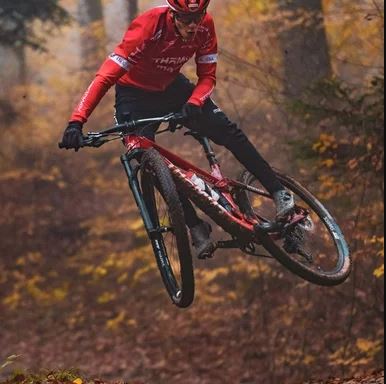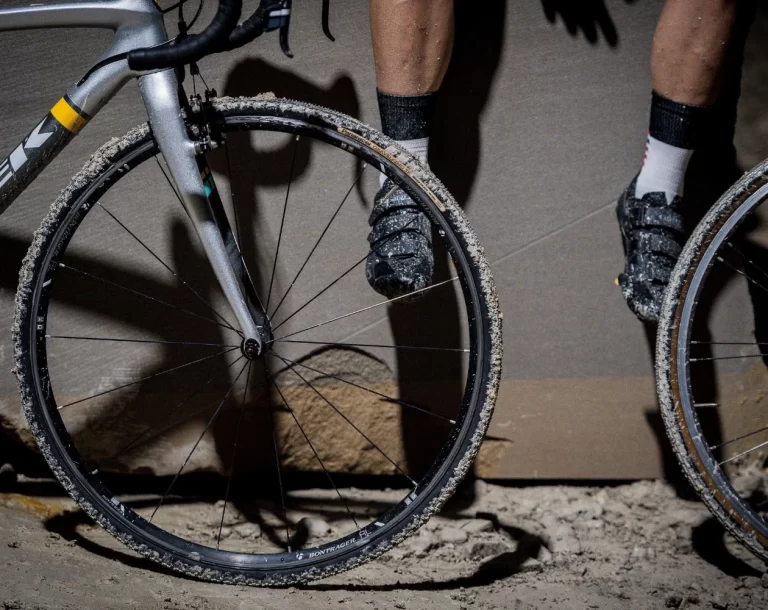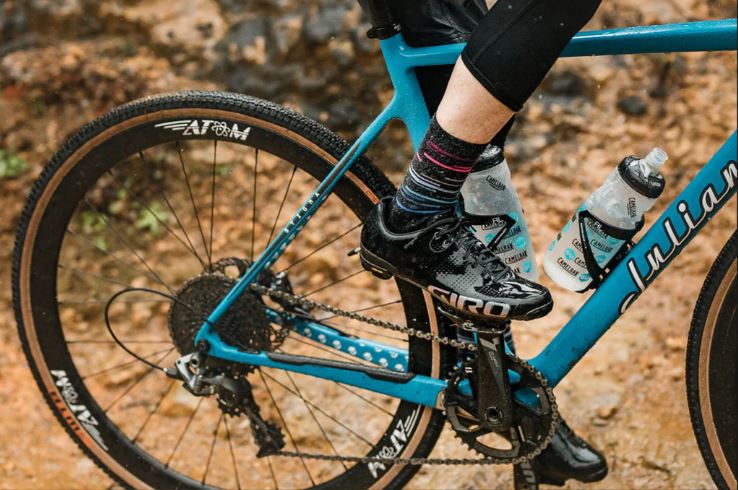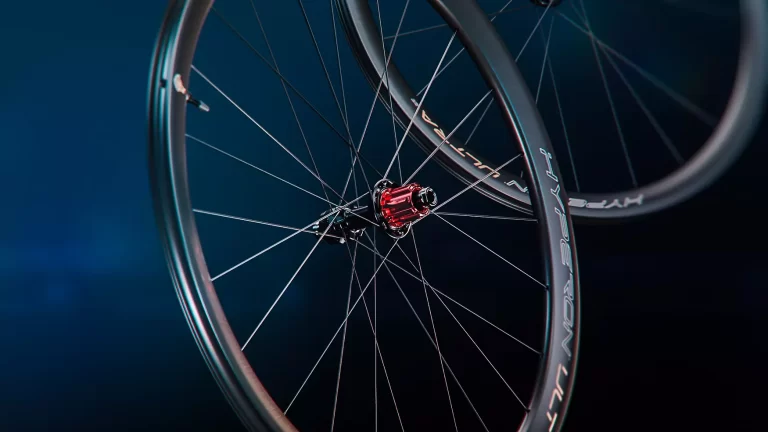Going Tubeless: Benefits of Tubeless Mountain Bike Wheels
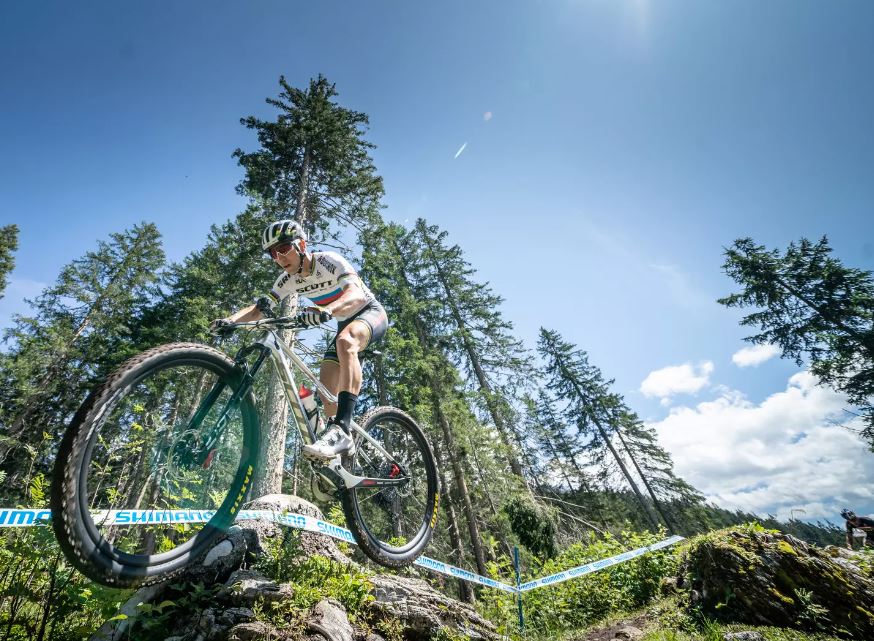
Key Point Summary of Benefits of Tubeless Mountain Bike Wheels:
- Enhanced Puncture Resistance: Tubeless setups reduce the risk of pinch flats and allow the sealant to immediately seal small punctures.
- Improved Ride Quality: Lower tire pressures improve traction and comfort without the risk of pinch flats.
- Weight Savings: Eliminating the inner tube saves weight, improving acceleration and climbing efficiency.
- Greater Stability and Control: Lower tire pressures increase the tire’s contact patch with the ground, enhancing grip and control.
- Simplified Maintenance: With the right tools and sealant, maintaining tubeless tires can be straightforward, even for beginners.
As someone who’s traversed the thrilling world of mountain biking, and delved into the realms of gravel and cyclocross, I’ve come to recognize the profound impact of technology and innovation on cycling performance and enjoyment. Among the many advancements, the shift towards tubeless mountain bike wheels stands out for its myriad benefits. Designed for cyclists at the beginner to mid-level, this article aims to unravel the advantages of tubeless MTB wheels, combining insights from my journey with practical advice to guide you through this significant upgrade.
The Transition to Tubeless: A Game-Changer
The move from traditional tubed tires to tubeless is akin to a rite of passage for mountain bikers seeking to elevate their ride. The concept, which eliminates the need for an inner tube, pairs the tire directly with a sealed rim, facilitated by liquid sealant. This setup not only streamlines the wheel’s architecture but introduces a series of performance and maintenance advantages that cater to the demands of modern mountain biking.
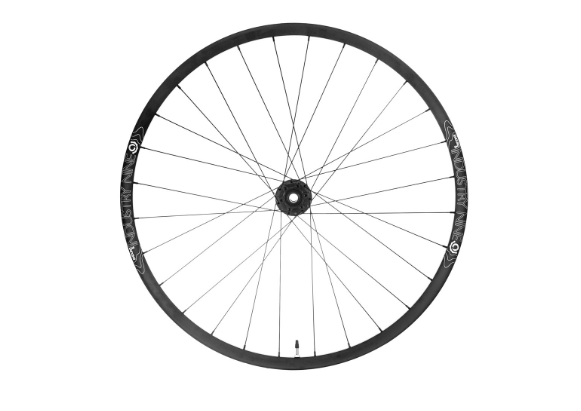
Puncture Resistance: The Frontline Benefit
One of the most compelling reasons to switch to tubeless is the enhanced puncture resistance. The absence of an inner tube significantly reduces the likelihood of pinch flats, a common ailment when navigating rocky or treacherous trails. Moreover, the sealant used in tubeless setups offers a self-healing capability, instantly sealing small punctures and slashes that would otherwise deflate a tubed tire.
Riding Quality: Traction, Comfort, and Control
Tubeless tires permit riding at lower pressures without the imminent threat of pinch flats, unlocking superior traction and a smoother ride over bumps and obstacles. This reduction in pressure increases the tire’s contact patch with the ground, resulting in improved grip and control, particularly in corners and slippery conditions. For mountain bikers, this translates to more confident handling and the freedom to tackle challenging terrain with greater ease.
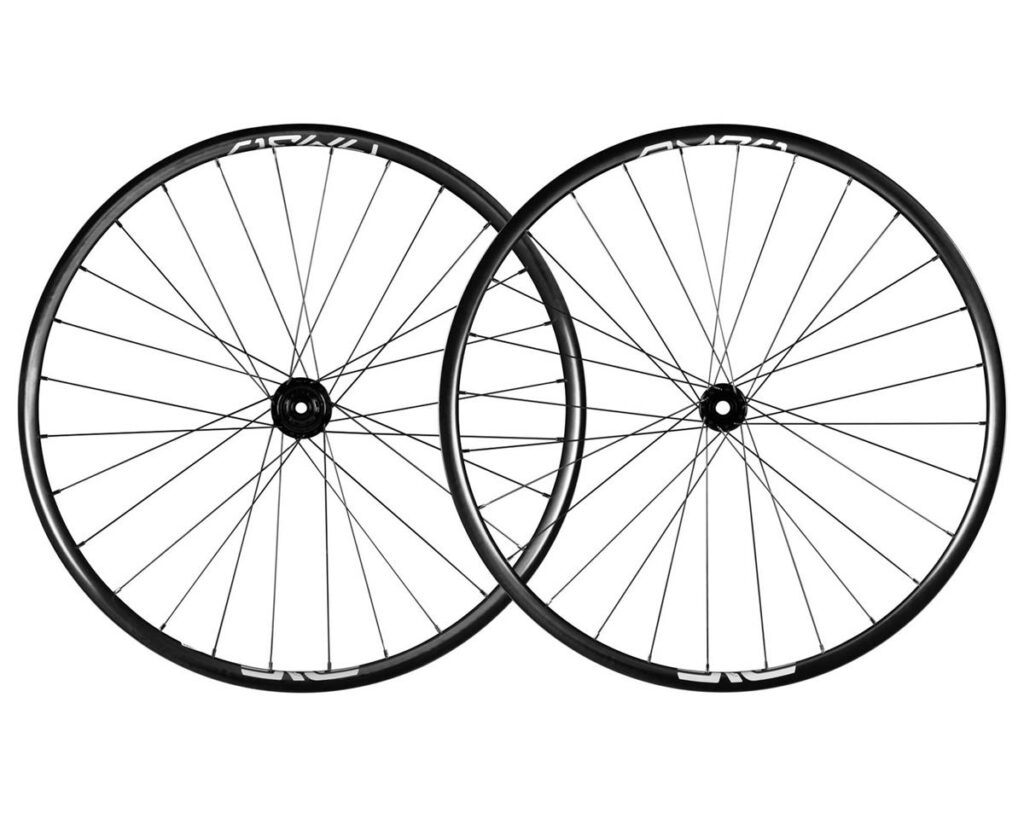
Weight Savings: Enhancing Efficiency
Though the benefits of reduced weight are often heralded in cycling, the impact on mountain biking is particularly pronounced. Removing the inner tube cuts unnecessary weight from the wheels, the most critical area for rotational mass savings. This reduction enhances acceleration and makes climbing feel more effortless, allowing riders to conserve energy and perform better on long ascents and dynamic trails.
Stability and Control: Mastering the Trails
The ability to run lower tire pressures without compromising the integrity of the ride is a hallmark of tubeless technology. This flexibility allows mountain bikers to fine-tune their setup based on the terrain, weather conditions, and personal riding style, offering a level of customization that tubed tires can’t match. The result is a bike that feels more planted and responsive, giving riders the confidence to push their limits and explore new trails.
Maintenance: A New Perspective
While the initial setup of tubeless tires can seem daunting to novices, the long-term maintenance is decidedly user-friendly. With the addition of sealant, tubeless tires become less susceptible to the minor punctures that frequently plague mountain bikers. Periodic sealant top-ups and routine inspections can keep your wheels rolling smoothly, minimizing downtime and the frustration of mid-ride repairs.
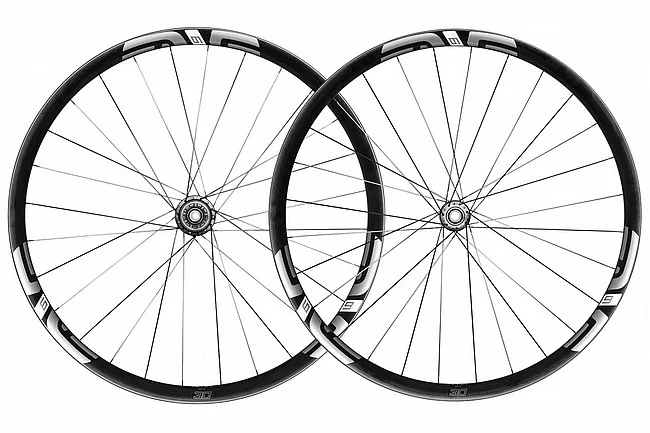
Wrapping Up
The shift to tubeless mountain bike wheels represents more than a mere equipment upgrade; it’s a transformation in how riders interact with the trail. The benefits of puncture resistance, improved ride quality, weight savings, and enhanced stability and control make a compelling case for tubeless technology. Whether you’re a seasoned rider or just beginning to explore the rugged beauty of mountain biking, the transition to tubeless is a leap towards a more enjoyable, efficient, and resilient riding experience. Some wheels are widely recognized for their quality, durability, and performance across different mountain biking disciplines. Here are a few top picks:
Cross-Country (XC):
- DT Swiss XRC 1200 SPLINE® 25: Lightweight and stiff, these wheels are designed for cross-country racing and riding, offering excellent rolling efficiency and durability.
Trail:
- Stan NoTubes Flow MK3: Offering a great balance between weight, strength, and price, these wheels are versatile enough for aggressive trail riding and light enough for some racing applications.
Enduro:
- ENVE M730: Known for their durability and impact resistance, ENVE’s M730 wheels come with the brand’s protective rim strip, reducing the likelihood of pinch flats and rim damage on rough terrain.
Downhill (DH):
- DT Swiss FR 1950 CLASSIC: Built for the demands of downhill racing, these wheels are strong and reliable, capable of handling aggressive riding on the most challenging terrains.
All-Mountain/Enduro:
- Industry Nine Enduro S: These wheels are highly regarded for their strength, lightweight, and unique hub system that offers almost instant engagement, making them excellent for all-mountain and enduro riding.
Budget-Friendly Option:
- Spank Oozy Trail 345: With a good balance of strength, stiffness, and weight, these wheels are a great budget-friendly option for trail and enduro riders.
Each of these wheelsets excels in different aspects of mountain biking, from lightweight and fast-rolling XC wheels to robust and durable DH wheels.
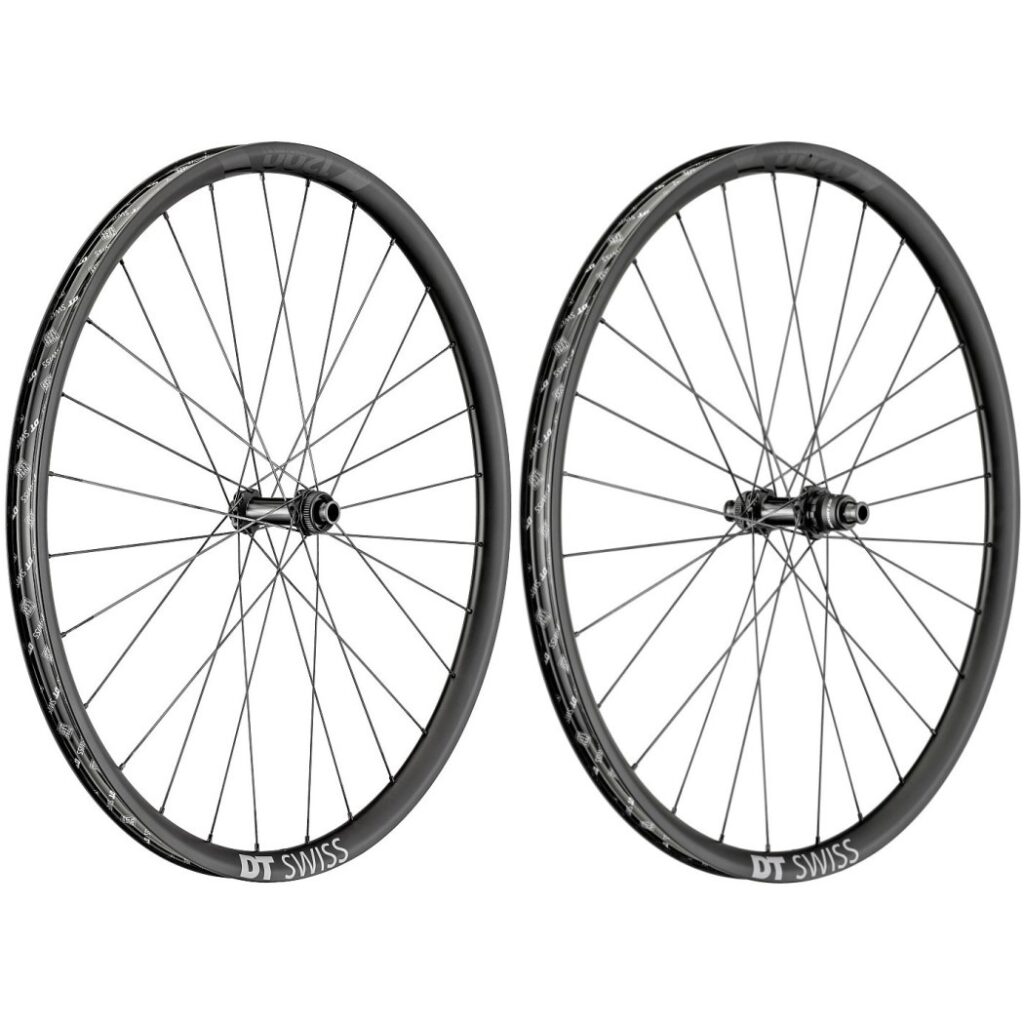
FAQ
Is it worth going tubeless on a mountain bike?
Yes, going tubeless on a mountain bike is generally considered worth it due to improved puncture resistance, the ability to run lower tire pressures for better traction, and reduced weight.
Why are tubeless wheels better?
Tubeless wheels are better because they offer fewer flats via pinch flats, allow for lower tire pressures which improve grip and comfort, and can provide a slight reduction in weight, enhancing overall performance.
What is the disadvantage of tubeless tires?
The main disadvantage of tubeless tires is the initial setup, which can be messy and more time-consuming than traditional tubed tires. Additionally, if a puncture is too large to seal, repairing it on the trail can be more complicated.
Do tubeless tires roll faster MTB?
Yes, tubeless tires can roll faster on a mountain bike because they eliminate the friction between the tire and an inner tube, allowing for smoother rolling and, when combined with the ability to use lower pressures, improved efficiency over rough terrain.
